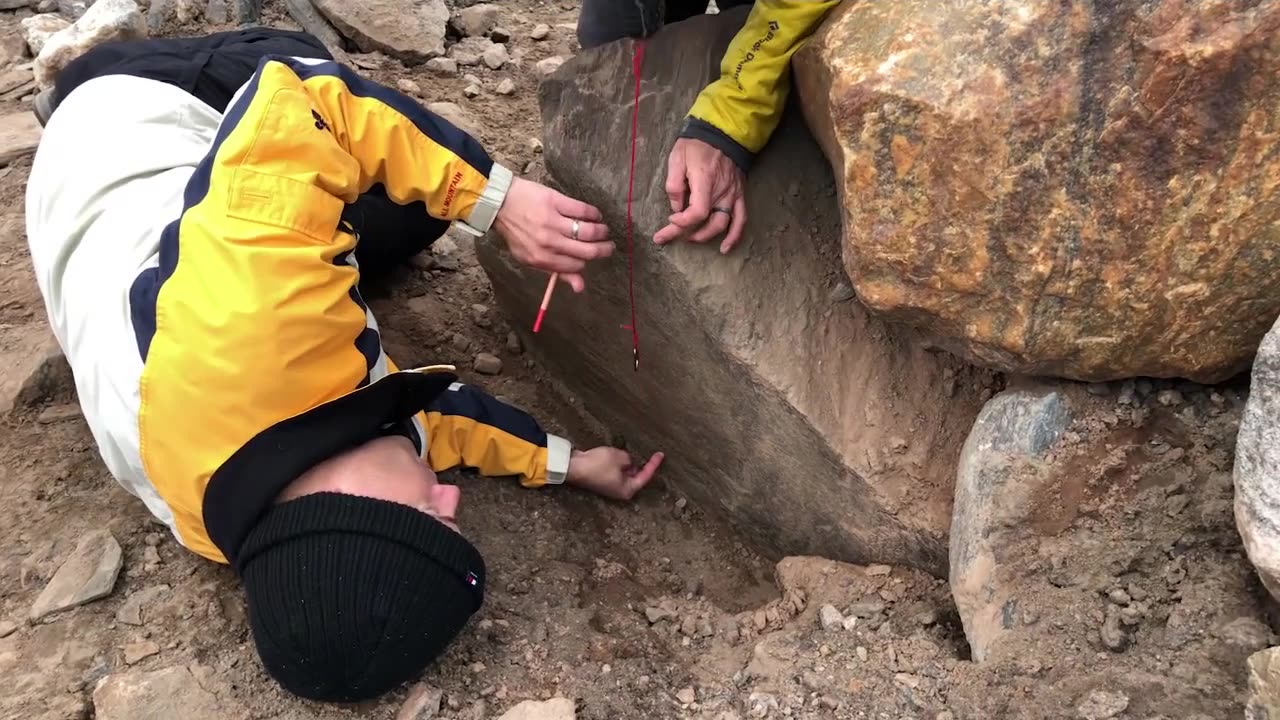Premium Only Content

**"Greenland: Earth’s Alien Frontier Explored by NASA"**
Greenland, a frozen world on Earth, offers landscapes so extreme and otherworldly that it feels like an alien planet. Towering glaciers, vast ice sheets, and hidden subglacial lakes make it a crucial site for scientific exploration. NASA has long studied Greenland, using it as a natural laboratory to understand climate change, ice dynamics, and even the conditions of distant icy worlds. #AlienEarth #Greenland #NASA
Missions like Operation IceBridge and OMG (Oceans Melting Greenland) track the melting ice, revealing alarming changes in our planet’s climate. Greenland’s ice loss contributes to rising sea levels, affecting coastal communities worldwide. By studying the ice, NASA gains vital insights into Earth’s past climate and its uncertain future. #ClimateChange #MeltingGlaciers #EarthScience
Beneath the ice, Greenland hides subglacial lakes and possible microbial life, much like what scientists expect on Europa or Enceladus—moons that may harbor extraterrestrial life. The extreme conditions provide a perfect testing ground for astrobiology and planetary exploration. #Astrobiology #HiddenWorlds #ExtremeEnvironments
From space, Greenland’s icy surface mirrors the frozen landscapes of Mars or Pluto. The data collected here helps scientists develop technology and strategies for future missions to explore alien worlds. Every year, NASA sends researchers, satellites, and aircraft to study Greenland’s changing environment, making it one of the most closely observed regions on Earth. #EarthFromSpace #PolarExploration #SpaceScience
As the ice melts and the secrets of Greenland are revealed, this frozen expanse continues to shape our understanding of both our home planet and the vast universe beyond. Whether unlocking Earth’s climate history or preparing for interplanetary missions, Greenland remains a key link between our world and the mysteries of space. #NASAExploration #FutureOfOurPlanet #BeyondOurWorld
-
 LIVE
LIVE
GritsGG
1 day ago36 Hour Stream! Most Wins 3420+ 🧠
1,830 watching -
 40:42
40:42
SouthernbelleReacts
1 day ago😂 American Pie (1999) Reaction | Iconic Teen Comedy, High School Chaos & 90s Nostalgia 🥧
1.34K1 -
 LIVE
LIVE
LumpyPotatoX2
1 hour agoBecome a HellDiver Today - #RumbleGaming
69 watching -
 LIVE
LIVE
Midnight In The Mountains
3 hours agoGaming w/ PER·SE·VER·ANCE | Sassy Saturday Fortnite | with the Midnights!
59 watching -
 LIVE
LIVE
shyboyking
1 hour agoThe Bots Of The Bots !!!😎
69 watching -
 24:06
24:06
True Crime | Unsolved Cases | Mysterious Stories
5 days ago $0.13 earnedShe Traveled Alone… and Never Came Back – 5 Mysterious Unsolved Cases (Part 6)
7151 -
 27:23
27:23
Clickbait Wasteland
14 hours ago $0.02 earnedAsking New Yorkers Who They Support For Mayor: Staten Island
1.17K2 -
 16:58
16:58
World2Briggs
22 hours ago $0.01 earnedThe California Rant: Point Blank With No Fluff or BS. California Gold?
929 -
 17:49
17:49
Chris Harden
1 day ago $0.01 earnedThe Glass Capital That Shattered | The Decline of Streator, Illinois
920 -
 51:15
51:15
JohnXSantos
3 days agoClothing Brand Manufacturers + Winners
6351